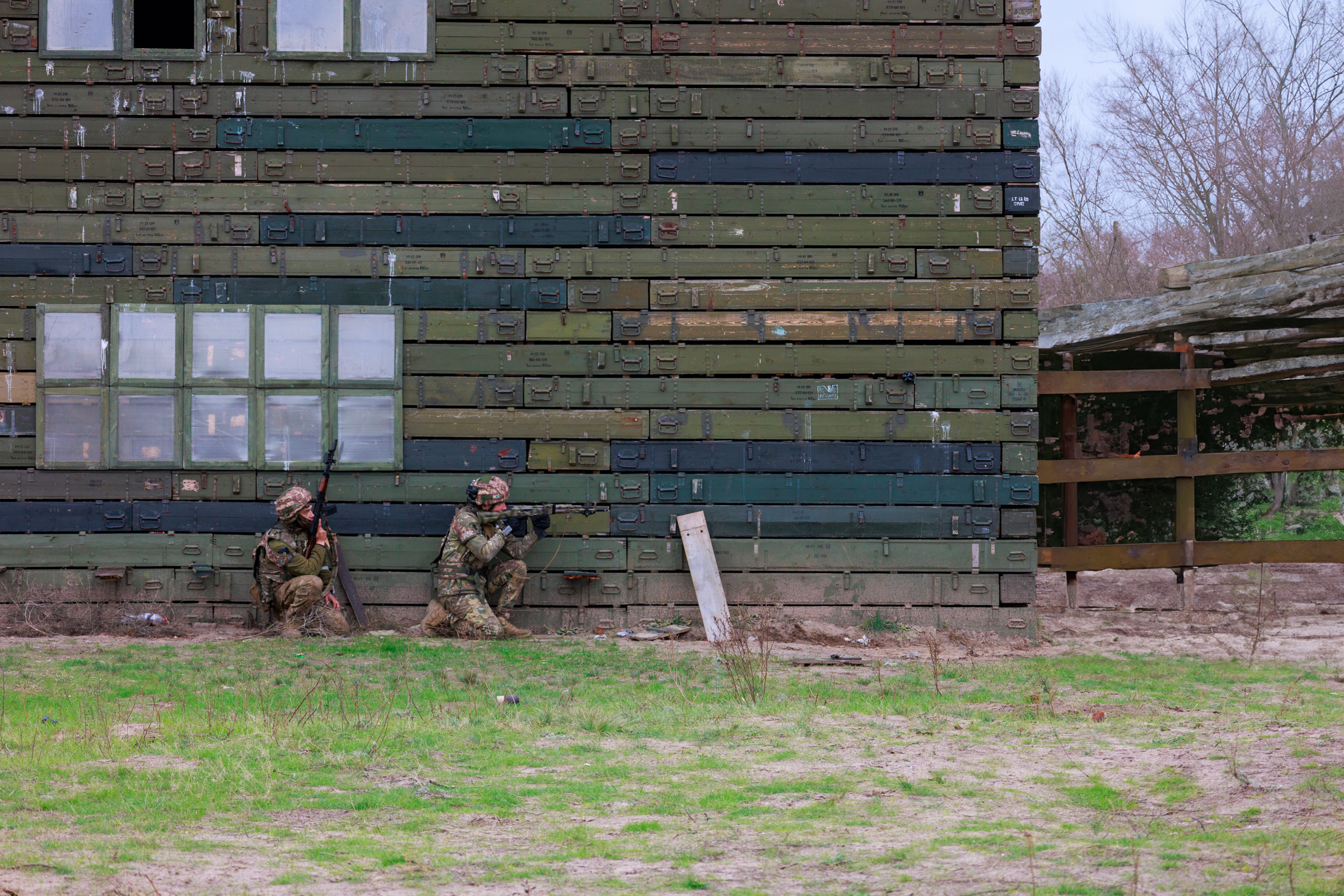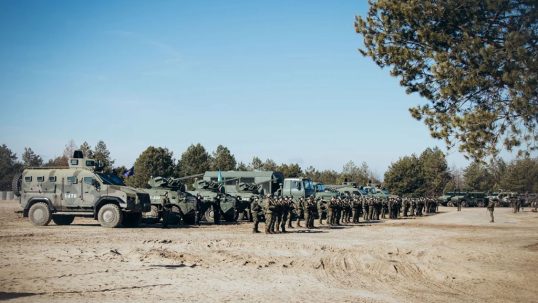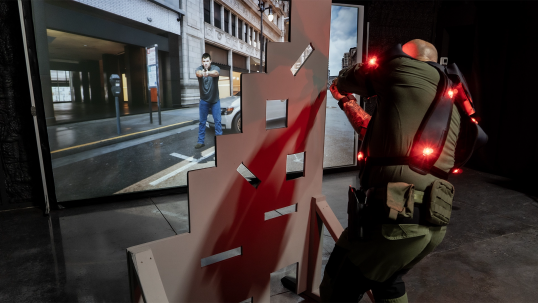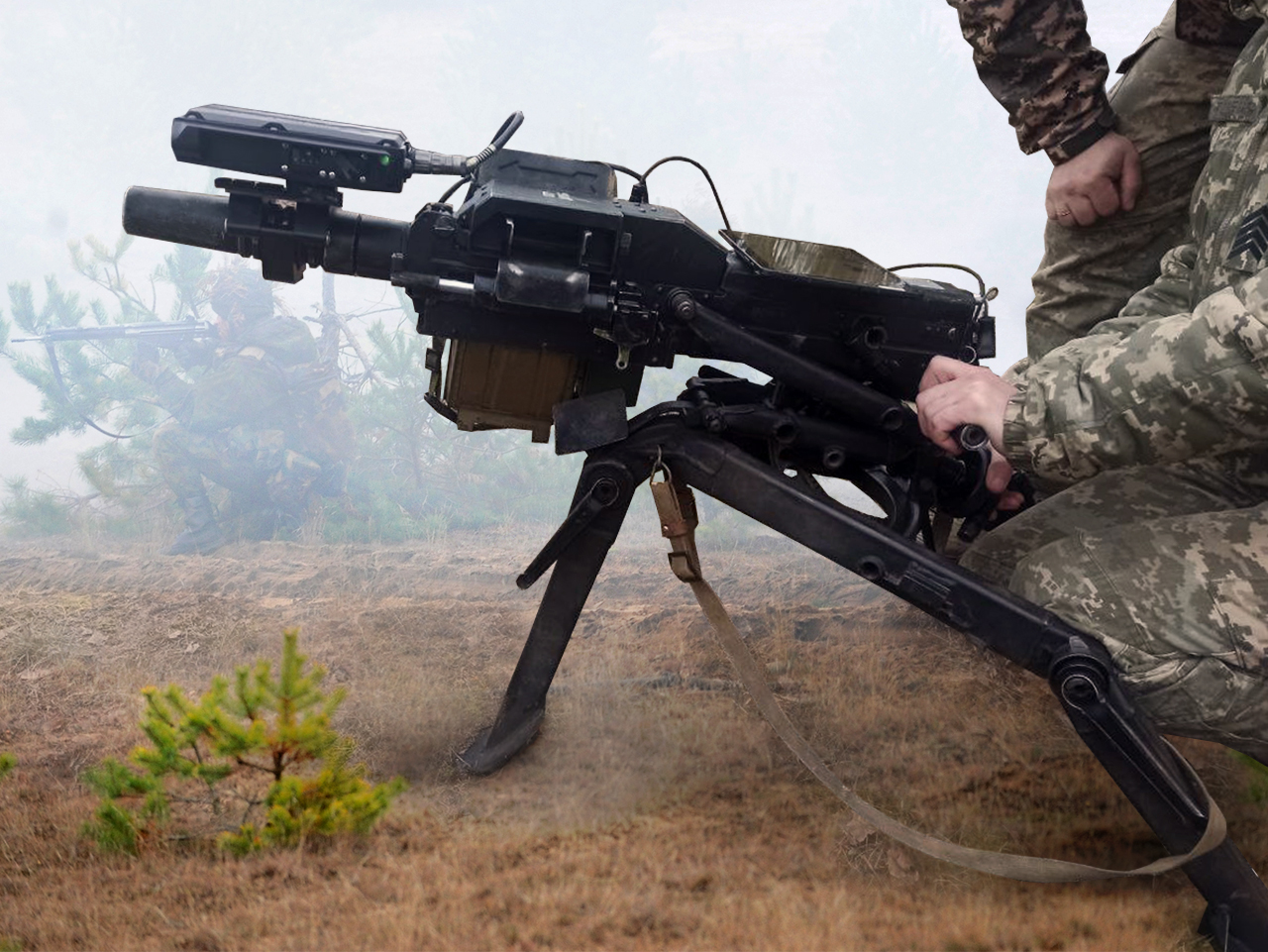Mobile tactical simulators are becoming increasingly important in modern military training due to their ability to be quickly deployed in any environment. This ensures flexibility and responsiveness, which are critical for the effective training of military units. In this article, we will explore the advantages of SKIFTECH mobile simulators and provide examples of their use in field conditions.
Advantages of mobile simulators for military training
Flexibility and mobility
Mobile simulators are easy to transport and deploy in any location, allowing training to be conducted without being tied to stationary bases. This is particularly important in situations where military units frequently move.
Rapid deployment
Mobile simulators can be quickly set up and configured, allowing training to begin immediately. This reduces preparation time and allows more time to be devoted to the training itself.
Resource savings
Using mobile simulators can reduce transportation and logistics costs, as there is no need to build and maintain stationary training centers.
Realistic training
By installing simulators in real field conditions, military personnel can train in environments that closely resemble combat situations. This enhances the effectiveness and realism of the training.
Adaptability
Mobile simulators can be configured for different types of missions and tasks, allowing military units to prepare for specific situations and challenges. For example, Military Unit 3045 of the National Guard of Ukraine has been using “SKIFTECH” training systems since 2019 to practice defense and protection of a strategic object—the Rivne Nuclear Power Plant.
Deputy Commander of the military unit, Major Oleksandr Glazkov, commented on training using the “SKIFTECH” system: “This system allows for effective training of personnel without using ammunition. We can conduct training not only for special forces but also for control units, practicing combat support in various types of combat, both indoors and in open terrain. Protecting the strategic object of the state—the Rivne NPP—every serviceman must be ready to act as part of a unit in any conditions.”
Examples of mobile simulators use in field conditions

Mobile firearms trainers can be deployed in different environments such as forests, deserts, or urban areas. This allows military personnel to practice shooting skills in conditions they may encounter on the battlefield.
Driving and maneuvering training
Mobile simulators for training drivers of combat vehicles allow practicing driving skills in difficult conditions such as mountainous terrain or narrow city streets. This improves the safety and efficiency of military vehicle movement.
Medical training
Mobile medical simulators help practice first aid in combat conditions. This allows military medics to train in realistic settings, enhancing their readiness to act in critical situations.
Communication and coordination training
Mobile command posts enable military units to practice coordinating actions and communicating between different parts of the unit. This is especially important for the successful execution of joint operations.
Mobile tactical simulators from SKIFTECH offer new opportunities for military training due to their flexibility, rapid deployment, and ability to adapt to various conditions. They allow for realistic training, resource savings, and high efficiency in preparing military units. The use of mobile simulators in field conditions demonstrates their value in enhancing combat readiness and the effectiveness of military operations.


